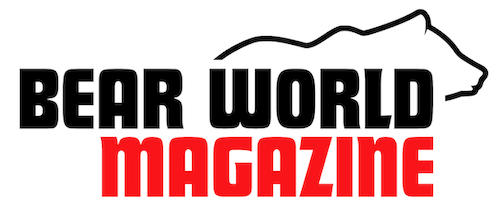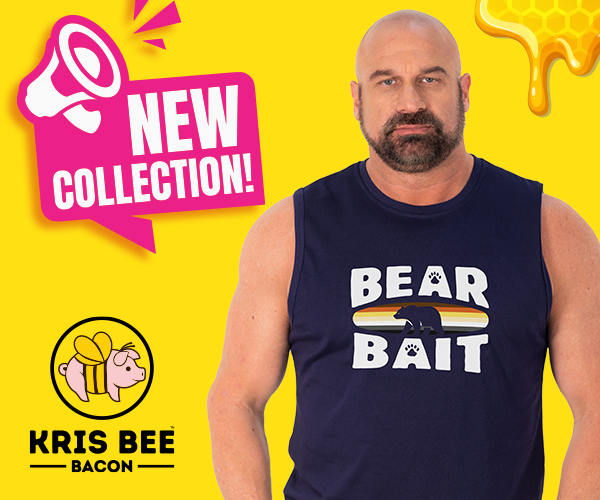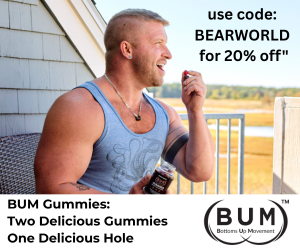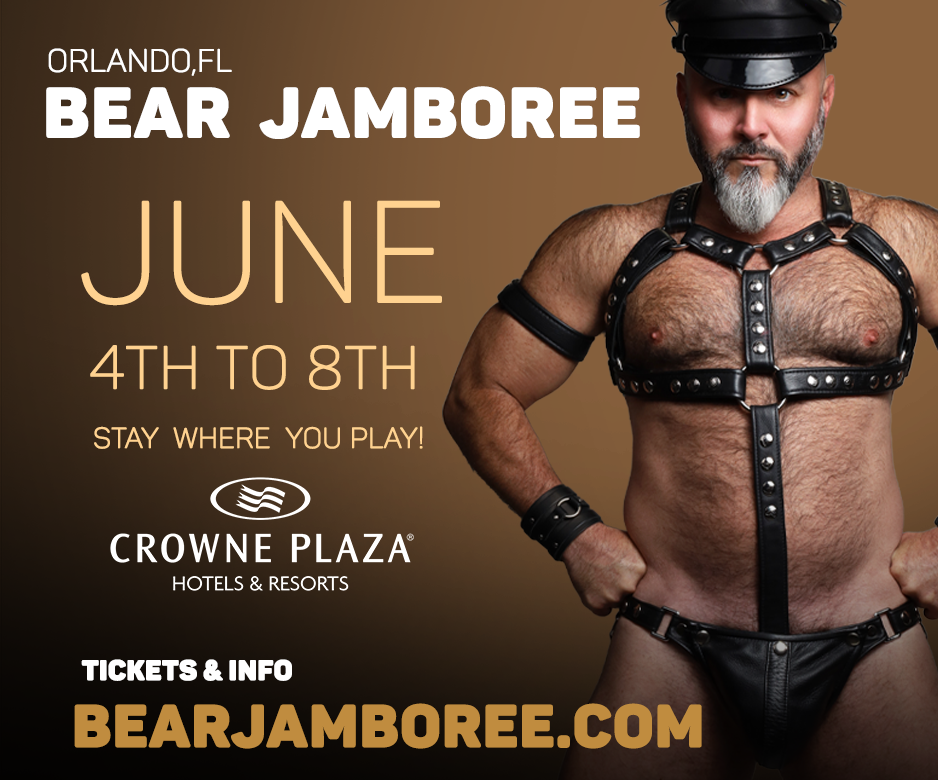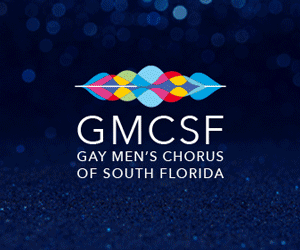
Meet Sean Abley, Co-Editor of Queer Horror: A Film Guide
There is an undeniable affinity between bears and horror. Queer people and outsiders in general are drawn to the genre but bears in particular seem to love it. Perhaps it’s because we tend to be outsiders amongst outsiders, but nevertheless, our community seems to really enjoy getting its spook on. That’s why its thrilling but not necessarily surprising that the two editors of Queer Horror: A Film Guide, Sean Abley and Tyler Doupé, are bears!
The book itself, currently available for preorder, is an expansive deep dive into queer horror films. Eight contributors, all LGBTQIA-identified entertainment writers and historians, dig into every era of scary movies, including the early silents, pre– and post–Hays Code content, grindhouse sleaze, LGBTQ indies, and megaplex studio releases. From James Whale’s The Old Dark House (1932) to Don Mancini’s “Chucky” films and everything in between, this collection explores the cinema to be found at the intersection of “LGBTQIA” and “horror.” With over 900 entries, each alphabetically listed film has its own synopsis, capsule review and film credits, plus historical context and analysis from the contributing writer. There is also a 10K + item index, an appendix of additional films of interest and an appendix of the films grouped together by each of the contributors who, besides the editors, include Calpernia Addams, Molly Henery, Alan Kelly, Daniel W. Kelly, Brian Kirst and Michael Varrati. It’s an astounding amount of information and one of the most comprehensive resources on queer horror in existence.
As for Sean Abley, not only did he conceive and co-edit Queer Horror: A Film Guide, but he also wrote over 350 of the entries. In addition, is a Los Angeles-based award-winning playwright, journalist, screenwriter, and author. His work has appeared in Fangoria, The Advocate, Attitude, Men’s Health, and Unzipped. His Gay of the Dead blog at Fangoria.com was one of the very first gay horror blogs in existence, debuting in 2009, and he created the “Queer Horror” panel at San Diego Comic-Con in 2014.
Check out our conversation with him below and check back for our forthcoming conversation with his co-editor Tyler Doupé in the days to come. (Also, for Los Angeles readers, the two editors will be holding a book signing at Dark Delicacies on August 24th along with contributors Calpernia Aadams, Molly Henery, Brian Kirst and book cover artist Brendan Haley!)
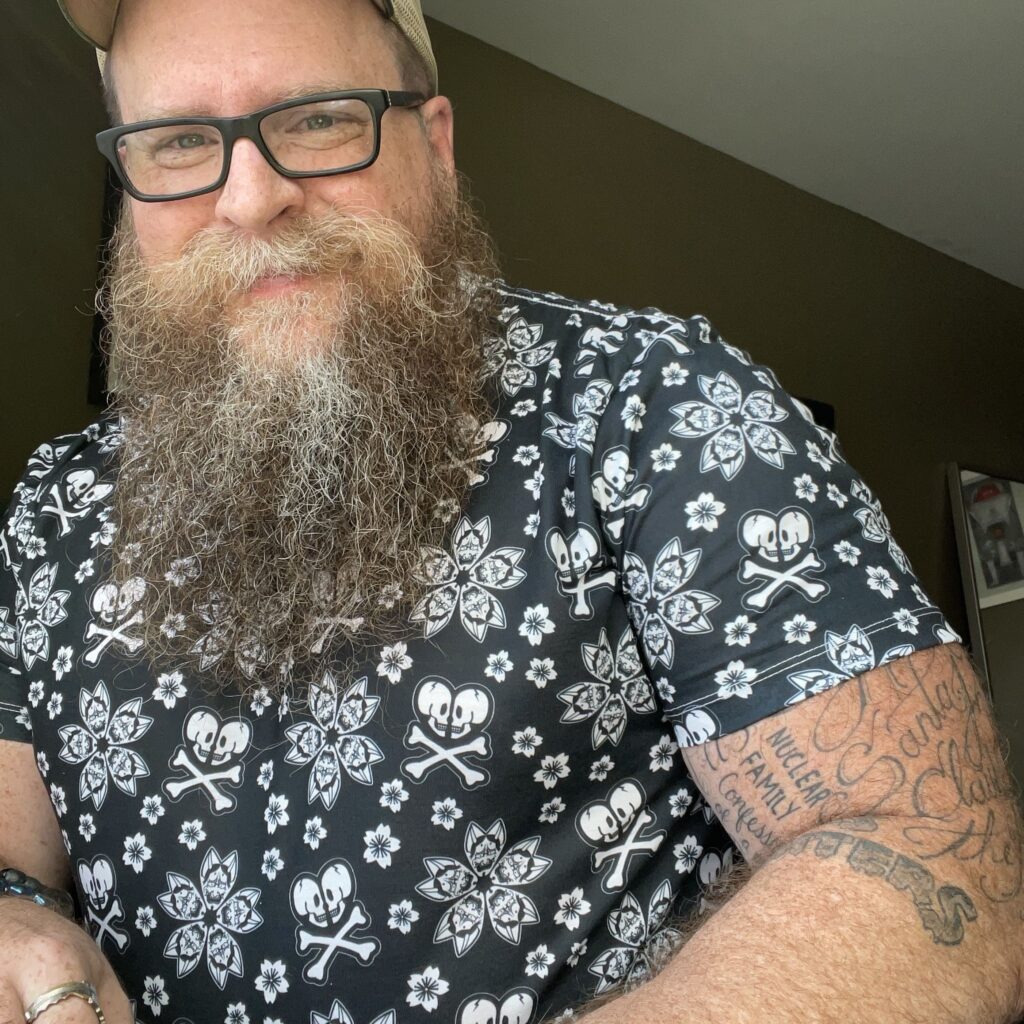
John Hernandez (JH): Why was putting this book together so important for you? And why was now the right time to do it?
Sean Abley (SA): I read The Encyclopedia of Science Fiction, which is a huge, exhaustive reference book, when I was 13 years old, and literally from that time on I’ve wanted to create a similar book for horror films. I started submitting articles to magazines like Famous Monsters and Fangoria in my teens (all rejected), but eventually in my adulthood I became an entertainment journalist specializing in LGBTQ horror. Queer horror as a genre started to coalesce in the mid-2000s, and it just felt like the time was right.
JH: How has queer representation in horror evolved on film and are there certain movies that serve as definitive markers of this evolution?
SA: Certainly, LGBTQ representation has gotten better over the years. For decades we were either the villains driven by our perversity, or victims (typically first out!) hobbled by our sexuality. There is still quite a bit of that, but in the last 15 years or so, we’ve moved up to heroes and survivors as well. For gay films, I would point to Hellbent, which wasn’t the first gay horror film, but certainly the one with the highest profile during the gay horror era of the mid-2000s that featured gay survivors and heroes. For lesbians, although there were literally hundreds of lesbian vampire films previous, I would point to The Hunger as one of the first that wasn’t shot thru the male gaze. For trans representation, we’re still sort of waiting for that big turning point. I would look at something like So Vam as a good marker of where we’re headed.

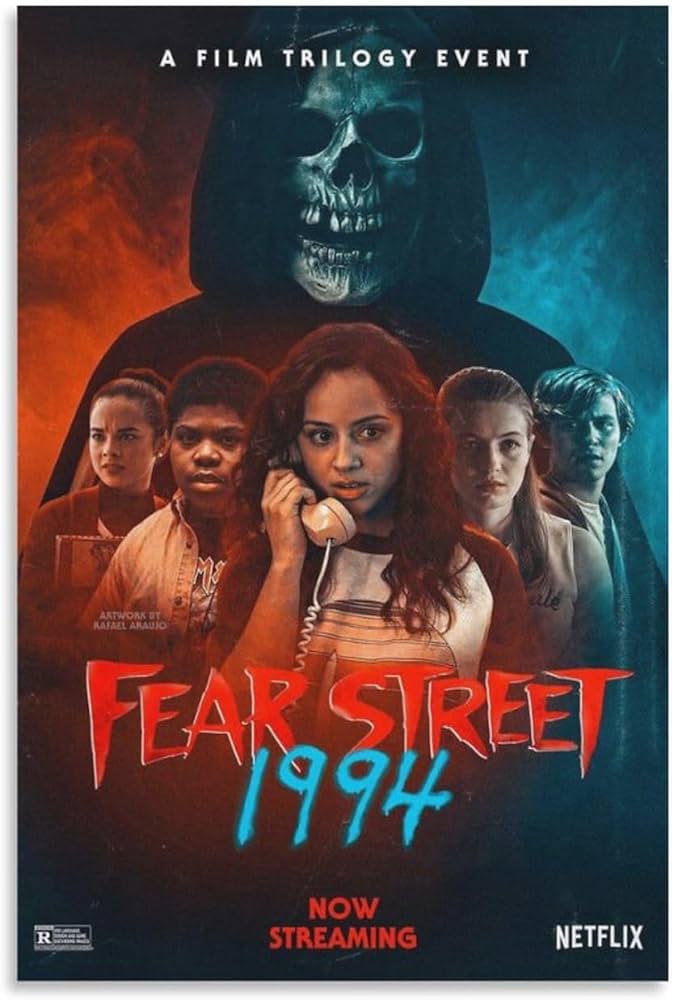
JH: Using relatively well-known horror films can you cite an example(s) of good and bad queer representation in horror.
SA: I look at something like Eyes of Laura Mars as an example of both good and bad. Laura’s (Faye Dunaway) agent Donald (René Auberjonois) dresses as her to foil a stalker (hero!) but is then murdered by that stalker (victim!).
The Fear Street trilogy has great representation. The central characters of the first film, Fear Street Part One: 1994, are a lesbian couple who have recently broken up, but must work together to stop the killer. They appear in all three films of the trilogy and drive the overall plot from beginning to end.
Bad queer representation is so abundant! I’ll pick Dressed to Kill for some truly terrible trans and trans-adjacent representation. Is the killer transgender? A transvestite crossdresser? Schizophrenic? Who knows! But they’re presented as a dude in a dress with a knife, a manifestation of their mental illness driving them to kill.
JH: I am a huge fan of gay horror porn and was pleasantly surprised to see entries for it in Queer Horror: A Film Guide. Why was the decision made to include XXX horror in the book?
SA: I definitely have an affinity for XXX-rated gay horror porn, both original flavor and parody. The history of gay porn fascinates me in general. Some of the first truly independent filmmakers, working well outside even the “independent” Roger Corman, et al. world of exploitation films, were gay pornographers. Horror was well represented in those early gay porn features, when plot was important. And the first place gay men saw themselves in loving relationships on film was, of course, gay porn. One of my goals for the book was to educate the reader; expose them to films they may not have heard of and contextualize queer history on film. Adult films are an important part of our history, and to leave them out of this book would have been negligent.
JH: What are some of your favorite horror films featuring bears? And are they covered in the book? Who are some of the hottest bears in horror?
SA: Sadly, body fascism is alive and well in horror, so spotting us can be a challenge!
Killer Condom is at the top of my list of favorite horror films in general, and definitely horror films featuring bears! Udo Samel plays Detective Luigi Mackeroni, the lead character who also happens to be gay, and daddy bear sexy!
And although he plays a reprehensible character, Gary Howard Klar as Pvt. Steel in Day of the Dead is also sexy as hell.

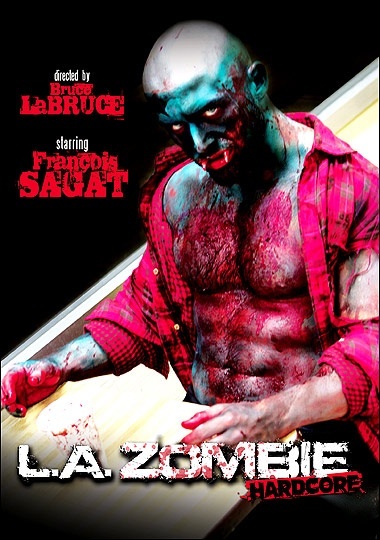
JH: How has your identity as a gay man and bear colored your relationship with horror, if at all?
SA: It certainly did when I was younger. I’m lucky in that I never struggled with being gay – I knew I was gay from the moment I could know. I felt fine about that fact and was just waiting to graduate from high school in my small Montana town and start my Big Gay Life. But I loved horror movies, the gorier the better, and that just didn’t fit the very limited image of what I had been taught a gay man was supposed to like. Gay men liked the finer things, not Herschell Gordon Lewis gross-out films, or so I thought. And certainly, the horror crowd wouldn’t be happy with a gay man in their midst. I grew up thinking I would never have any gay friends who liked horror movies. Needless to say, I was very wrong in that assessment! I think those early feelings of being outside two different communities are part of the reason I’ve thrown myself into queer horror as a journalist and archivist as an adult.
JH: As a journalist and queer writer – where do you stand on consuming, talking about, or even enjoying media that has problematic portrayals of queer people? Off the bat I am thinking of titles like The Driller Killer, Sleepaway Camp and Terror Train.
SA: Sometimes the media we love has an expiration date. That doesn’t mean we were wrong for loving it in the first place, or that we can’t love it anymore. It just means others might not. If we ruled out horror films with bad LGBTQ representation, we’d be erasing our queer history, and we’d be eliminating a huge number of horror films from our personal cinema literacy. Personally, bad LGTBQ representation alone is rarely enough for me to write off a film – movies are made up of many parts, and sometimes the other parts outweigh my personal philosophy on how we should be portrayed on screen.
That being said, you can defend films like The Driller Killer, Sleepaway Camp, and Terror Train as great horror sleaze (and I absolutely do) while simultaneously citing their subpar LGBTQ representation as a lesson for filmmakers moving forward. These things can exist at the same time.
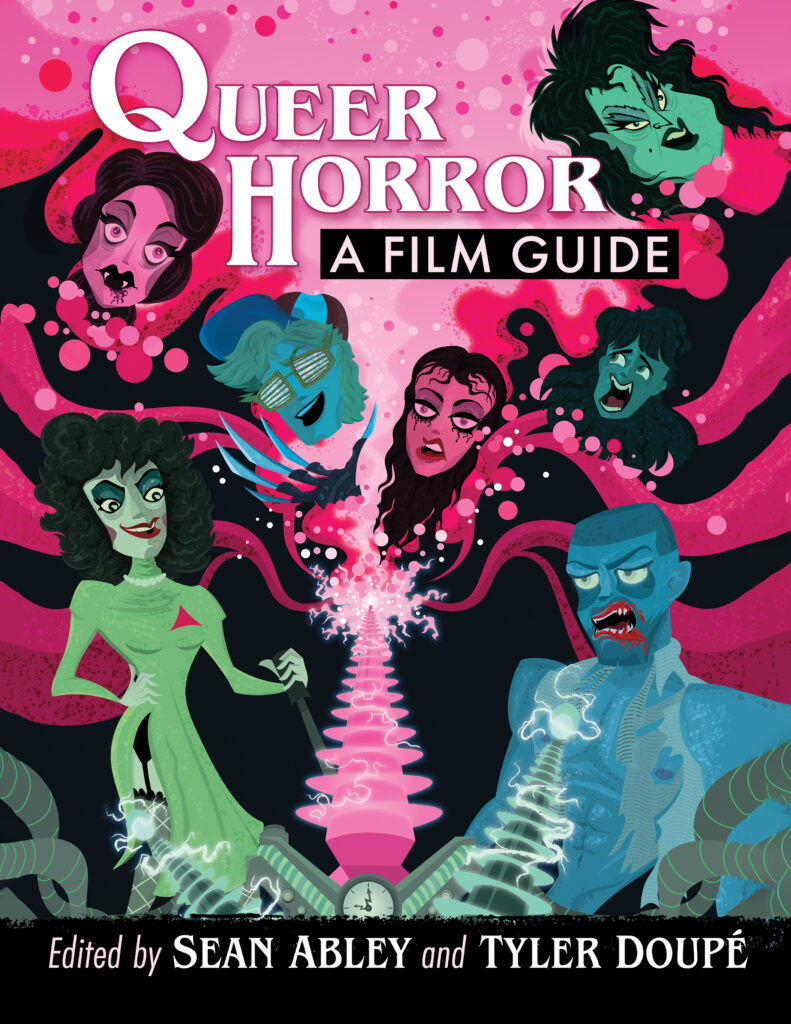
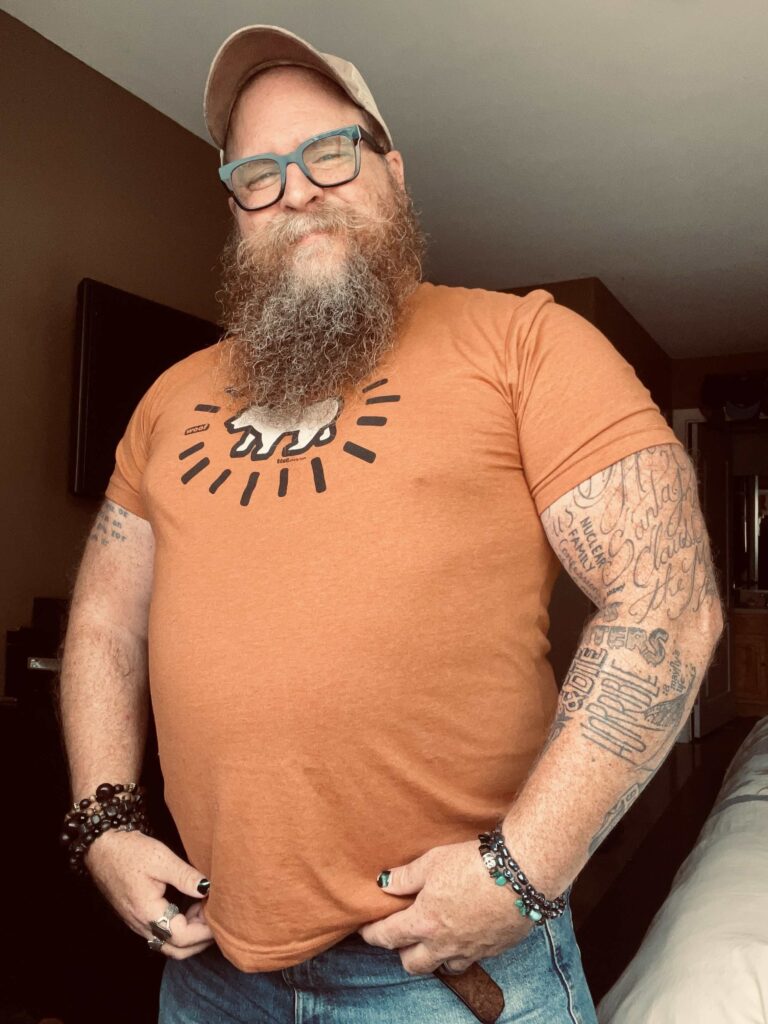
JH: For fun- What movie scared the crap out of you and made you fall in love with horror. What are your top 3 of all time?
SA: My parents fed me a steady stream of horror movies from as early as I can remember. They took me to see the Food of the Gods / Empire of the Ants double bill at the drive in when I was 10 years old. The Monster that Challenged the World on the local Creature Feature really did a number on me. And I remember a commercial for the British anthology film Asylum, viewed very late at night when I was home alone as a young person, that scared the crap out of me!
JH: Are there any queer horror creators you have your eye on, that people should be paying attention to?
SA: I have a soft spot for low, ultra-low, and micro-budget filmmaking. The Monster Makeup boys, who did Death Drop Gorgeous and Saint Drogo, are definitely on to something with their take on queer horror. Joshua Pangborn has been making fat-positive queer genre films like The Brooklyn Butcher that I think need more attention. Michael Varrati just finished a gay horror feature, There’s a Zombie Outside, after shooting tons of horror shorts during and after pandemic. Alice Maio Mackay made So Vam when she was 17 years old and cranked out four more features in the last three years. All of these filmmakers deserve our attention.
Preorder your copy of Queer Horror: A Film Guide from McFarland Books HERE.
